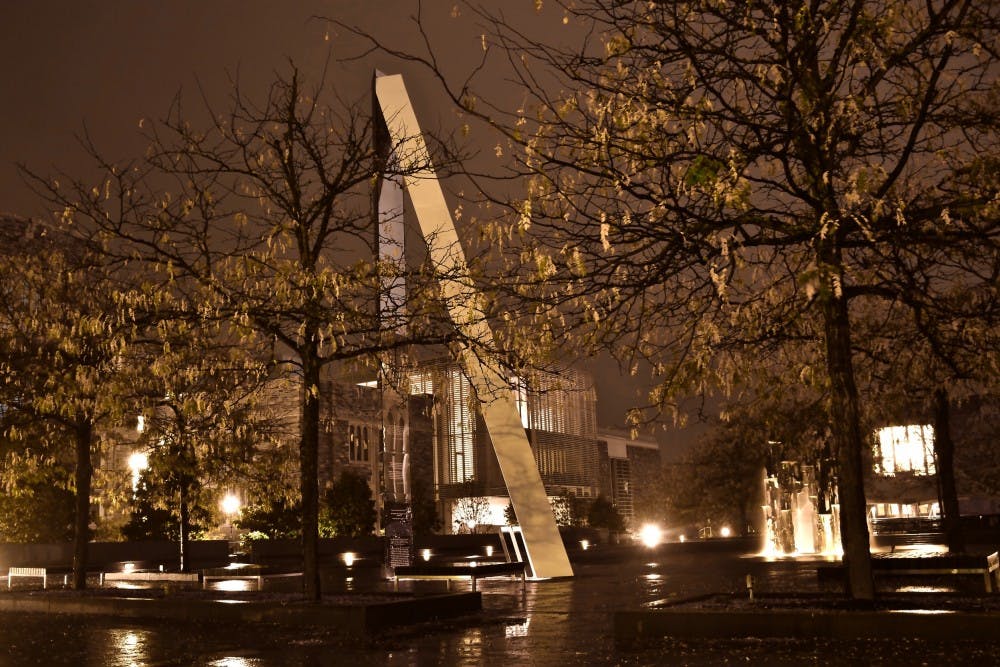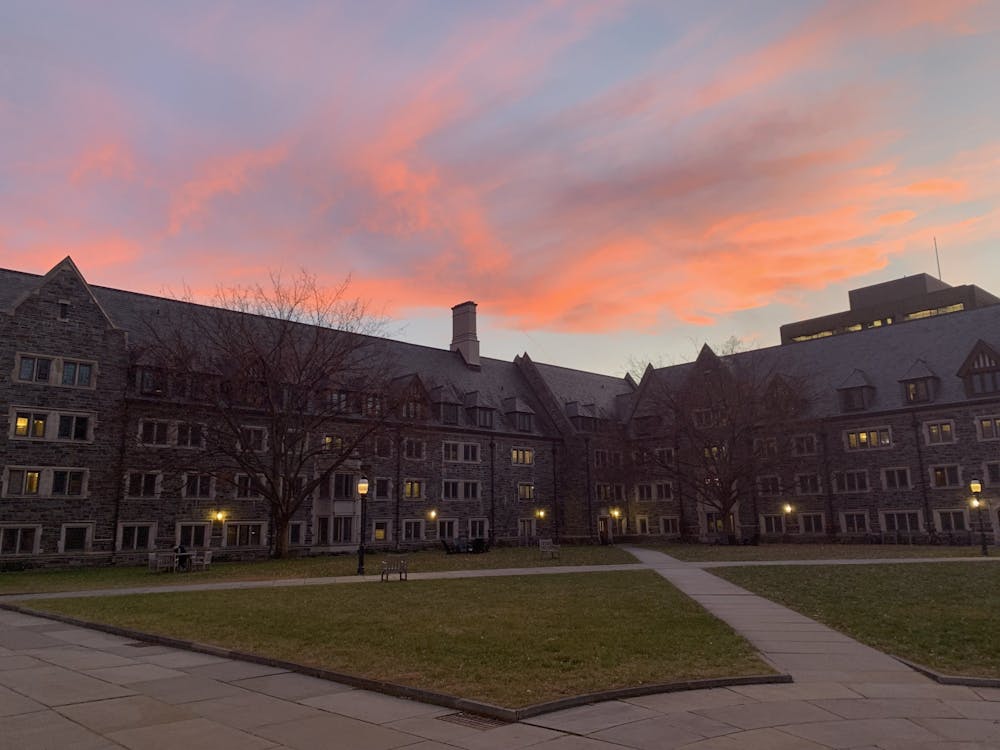If we do not denounce both white supremacy and white supremacists with clarity and conviction, the University can never hope to uproot and dismantle the racism nestling in its crevices. Though the University touts an increasingly diverse student body, the administration persists in taking concrete steps backwards to ensure that some of its students will feel perpetually uncomfortable on campus. Besides feeling uncomfortable, there’s a sense that the University is actively undervaluing the campus experiences of marginalized students by silencing their input on institutional matters.
In this case, the University’s concrete step backwards is yet another memorial on campus dedicated to avowed white supremacist Woodrow Wilson. We denounce Woodrow Wilson not for the sake of denouncing Wilson, but for the urgent and timely denunciation of the havoc that white supremacy and all of its vestiges wreak upon our world. After years’ worth of conversations on the legacy of Woodrow Wilson, discussions bolstered by a renewed interest in and reaffirmation of Wilson’s abject white supremacy, the University has erected its final word on the matter.
The final word is a permanent and soaring monument dedicated to Wilson’s “complex legacy,” which — as the Wilson Legacy Review Committee insists — has established “both positive and negative repercussions” in times to come. The monument’s title — “Double Sights” — is a nod to double consciousness, which sociologist W.E.B. DuBois coined to describe the peculiar experience of black Americans never embodying both their “blackness” and “Americanness” simultaneously.
Double consciousness is not the same thing as reckoning with the good and the bad contained within a single person; it is not about manufacturing complexity for a person upholding the racist conditions that DuBois was responding to. As an aside, using a black-colored beam to describe the “bad Wilson” and a white-colored beam to describe the “good Wilson” utilizes a tired trope.
No matter what progressive strides Wilson may be said to have made, racism colored his worldview, and we cannot separate the “positive” actions he undertook on behalf of pro-white institutions from his staunch personal belief that “a Negro’s place [is] in the corn field.” Even if the University simply wanted to assert that Wilson was a complex, misunderstood, and avowed white supremacist, cementing this opinion in the form of a monument does not add to the conversation, but instead dominates it, officiating Princeton’s stance on Wilson’s legacy and stamping out student dissent. The absence of a plaque providing context for the statue and the inaccessible height at which the vast majority of Wilson’s words are displayed testify to the University’s intent to put this discourse beyond reach. So let’s provide some context.
Student organizers known as the Black Justice League were the first to seriously and persistently challenge Wilson’s legacy on campus, an action that culminated in an occupation of President Eisgruber’s office in 2015. But an anti-Wilson stance has had far less to do with Wilson himself and more to do with the longstanding systems of racism that Wilson both upheld and deepened.
It was precisely because the BJL understood the pervasive and systemic nature of both the University’s and this nation’s anti-blackness that Wilson was a suitable ideological target for an anti-racist movement. The University — which was the last Ivy League to officially begin admitting black-American undergraduates, and was long known as “the Southern Ivy” — was a haven for Wilson’s particular strain of racism, and remains a haven for watered-down denunciations of white supremacy. To some black students, the implications of this feel far-reaching.
To attempt to nuance the stance of a white supremacist is dangerous, but to devote both material and immaterial resources — time, money, and energy — to the legitimization of aforementioned nuancing is personally disrespectful. Each time a student walks near Wilson’s new monument, they’re going to be viscerally reminded of the University’s persistent half-hearted fretting over the question of what to do with a man like Wilson.
Though the University would have us believe otherwise, it’s rather uncomplicated: Woodrow Wilson — an avowed white supremacist — should be unequivocally condemned. At the very least, the University could hide its racist skeletons in the closet, as opposed to openly acknowledging and then attempting to soften the white-supremacist agenda that Wilson so openly embraced. In no uncertain terms, by continuing to “complicate” the legacy of Woodrow Wilson, the University reinforces its own unwillingness to outrightly challenge racism.
So again, why has the University spent more time, money, and effort trying to complicate the uncomplicated matter of Wilson’s white supremacy, as opposed to dedicating resources towards making this institution more hospitable for people of color that call this campus home?
The simple answer is, this university and its administration cannot see the forest for the trees. The focus should not be on Wilson, but rather on the racially marginalized people — students, staff, visitors, and more — who must endure a tacit embrace of white supremacy on this campus.
Instead of building a physical monument that towers over students’ heads, the University could follow Harvard’s footsteps and help put over 7,000 units of affordable housing over people’s heads. Endowing a “living memorial” to support the students and community members grappling with the palpable effects of having white supremacy as a tenant of this university and this nation would be a much more impactful demonstration of taking a stand against the future Woodrow Wilson was trying to build.

Such a “living memorial” would actually serve people and seek to promote collaboration between the University and local partner organizations in order to tackle a host of local issues, including housing insecurity, food scarcity, and disparate access to healthcare. These are pervasive problems just beyond — and more often than we would like to admit, within — the Orange Bubble, in the neighboring communities of Trenton, Newark, and the town of Princeton.
To both continue engaging in these conversations and to take a stand against yet another memorialization of a white supremacist associated with our campus, please join us for a silent protest and community gathering at 4:15 p.m. onwards in front of the Wilson School on Saturday, Oct. 5.
KiKi Gilbert is a junior Philosophy major from Charlotte, N.C. She can be reached at kiarag@princeton.edu. Nathan Poland is a senior African American Studies major from Rockville, Md. He can be reached at npoland@princeton.edu.









